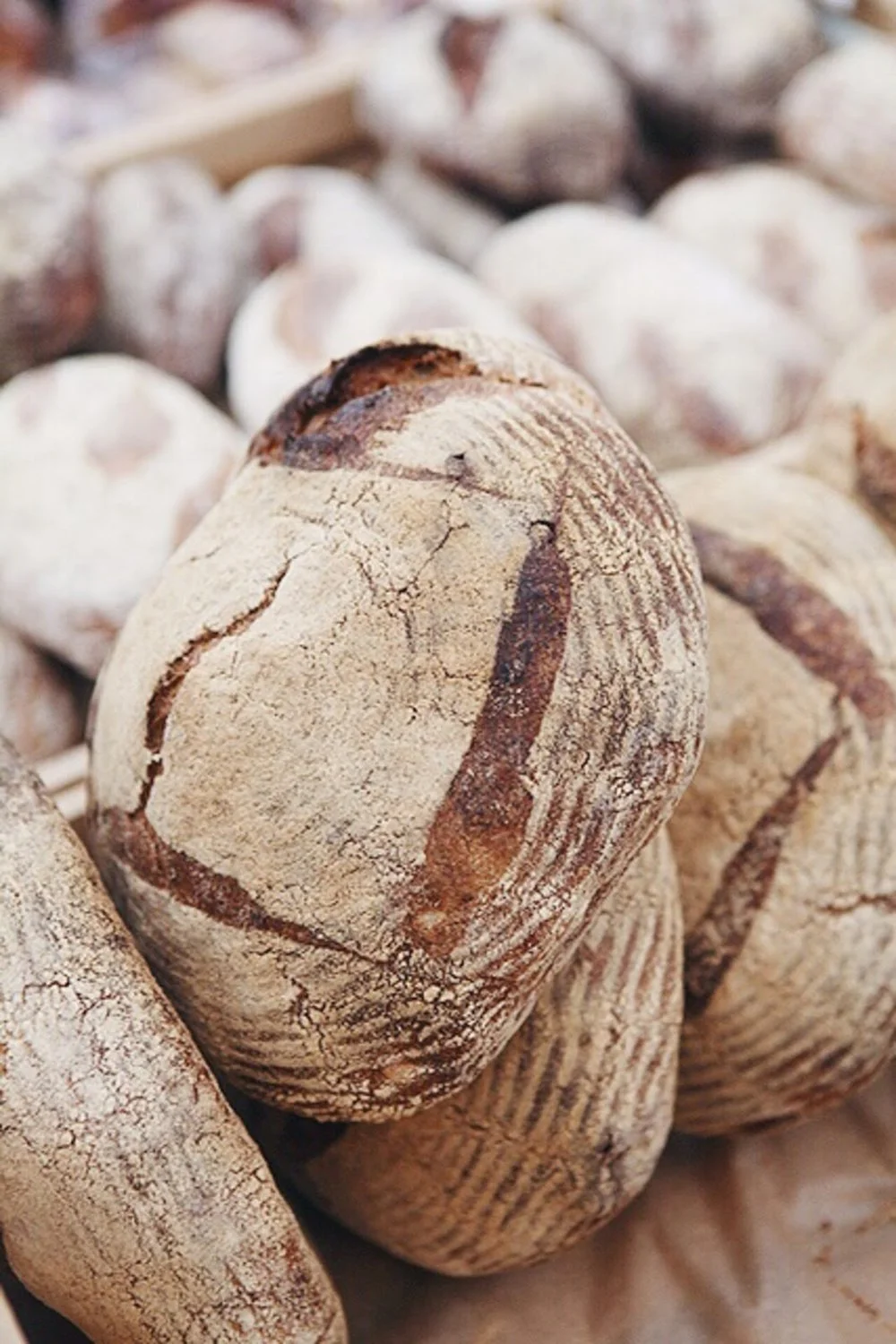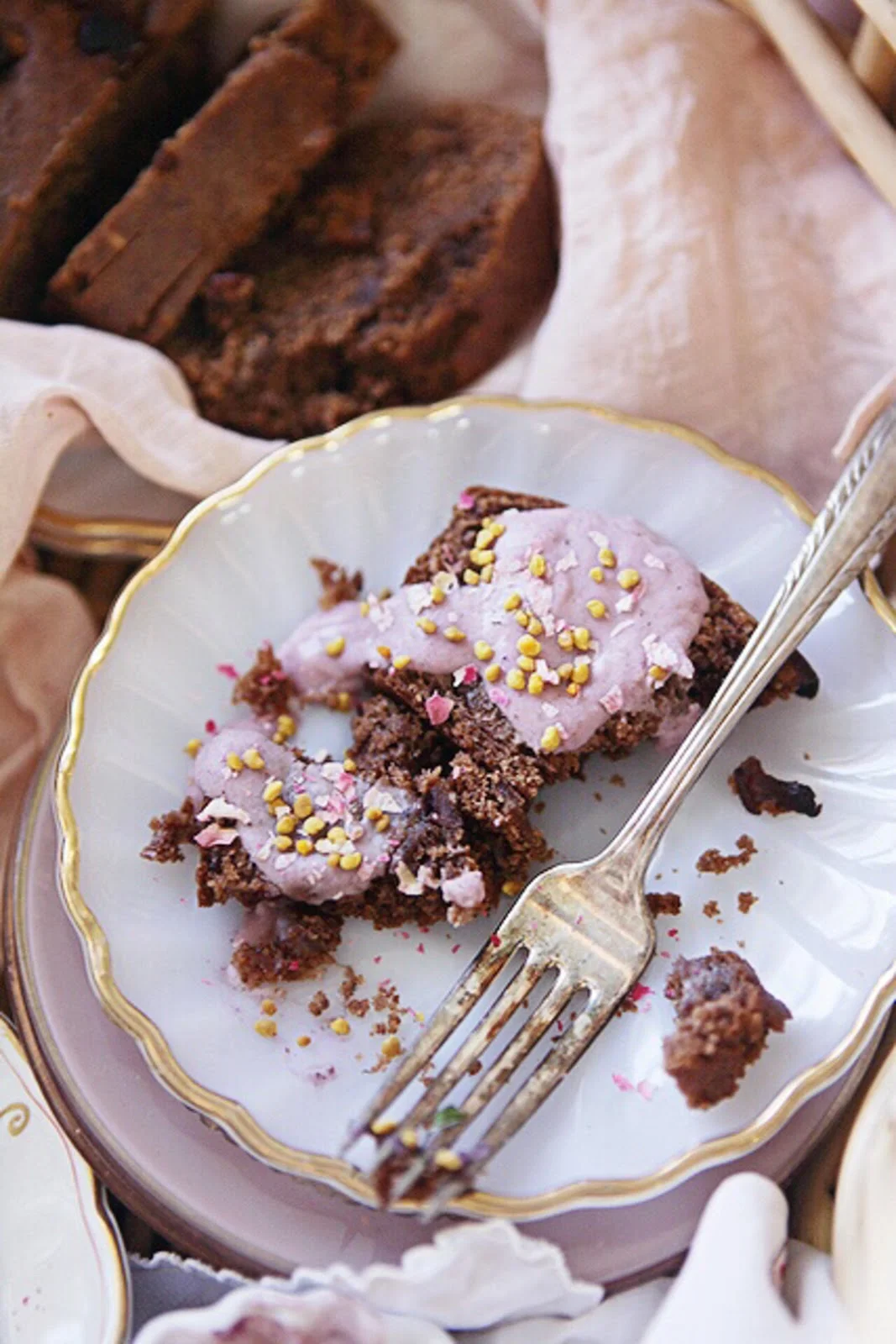On Gluten

As someone with Celiac's Disease facing a food system that's increasingly aware of gluten-free labels, I have mixed feelings. Many don't even know what gluten is even at this point—"It's, like, bread and pasta?!"—and it's become a point of education. Yet, I've heard ceaselessly the rolling-eyed frustration that people feel as to why everything is labeled "gluten free" that can possibly be so.
It's because severe gluten allergy is an autoimmune illness. For those of us who have this diagnosis, even the fine-print of "Manufactured in a facility that also processes gluten" is problematic; reactions trickle down to mere micro-crumbs, literally.
A diagnosis of Celiac's is an autoimmune disease—the body sees gluten as a foreign object, triggering the immune system to initiate an unnecessary attack. It's vital to have "gluten free," especially so when certified, labels on food. Yet, it doesn't stop there; there are hidden triggers that contain gluten beyond food, which the guide below outlines.
On the other hand, as a side note, there are factors for those who do not have a gluten allergy. Archeological studies illustrate how that wheat as we know it has evolved and been modified, especially through crop giants like Monsanto. Wheat and other glutinous grains used to be soaked and fermented for days to make them more digestible even in their previously more digestible, primal forms. Most of the current glutinous grains are now highly processed without the previously mentioned process of making them more digestible. This can cause digestive issues or difficulty processing gluten in bodies that are not diagnosed with Celiac's. There are also anti-nutrients like phytic acid (also present in other foods like nuts and seeds) that make it more difficult to digest.
For people who do not have Celiac's Disease, Michael Pollan actually argues that properly prepared and fermented—think sourdough—breads or grains in general are O.K. to eat. Here's an article if you'd like to read more about his stance. He has a thorough anthropological take on it. For those who do need to stringently watch their gluten exposure, however, below is a guide to safely and sanely navigate your diagnosis . . .
What's Gluten & What Contains it
Gluten is a protein that is present in but not limited to wheat, spelt, kamut, barley, rye, and most oats. Just like it sounds, it's a glue-like substance that both give bread its irresistible texture and pain that those who are allergic must endure when it lines the intestinal wall, causing symptoms from mood swings to grave digestive distress.
Gluten is in the foods below
Wheat | Wheatberries | Durum | Emmer | Semolina | Spelt | Farina | Farro | Kamut
Graham | Kamut khorasan wheat | Einkorn wheat | Rye | Barley | Triticale | Oats | Wheat Starch
Malt & its various forms: Malted Barley Flour; Malt Extract; Malt Syrup; Malt Flavouring; & Malt Vinegar
and Brewer's Yeast
Medication & Supplements
Due to gluten's glue-like properties, it's often used as a binding agent in medications and supplements, including multivitamins and birth control pills. Generic medications are ones that often contain it, but make sure when you do take prescriptions that you check-in with the maker by calling them directly to inquire about the ingredients. A quick Google search can also yield answers on common medications and even offer gluten-free alternatives. For supplements, always look for a "gluten free" label, ideally one that is certified.
Condiments
As a condiment aficionada, this is a difficult field to navigate. Everything from pickles to mustard is a potential source of gluten contamination. Pickles can be processes in malt vinegar, a beer-esque liquid, which can contain gluten while mustard can be processed with wheat flour as a thickener. Others to watch out for are soups, especially cream-based ones; multi-grain or artisan tortilla chips; salad dressings & marinades, which often contain soy sauce; and brown rice syrup, a staple of popular snack bars, which can be made with barley enzymes; and even spices, many of which use gluten as an anti-caking agent. I use Badia spices, which are certified gluten-free.
Alcohol
LMany alcoholic drinks are distilled from gluten-containing grains. Although research purports that the distillation process effectively removes the gluten proteins, there is no guarantee that all companies distill their products enough to remove gluten from them. If you drink alcohol, either check with the company or opt instead for wine and certified gluten-free distilled beverages, such as Tito's or Ciroc vodka.
Coffee & Coffee Alternatives
Most instant coffee drinks have either gluten or powdered milk as a bulking agent. Neither the instant coffee nor the added ingredients are ideal or even an option. Opt instead for freshly-ground, organic, fair-trade coffee—the beans are the crop that's the most treated with pesticides & require slave or child labour—and instead opt for alternatives such as Four Sigmatic, which also promote focus, or a non-caffeinated energiser such as Sun Potion's Cordyceps, which additionally promote athletic endurance & immunity.
Skincare & Cosmetics
A recent study conducted by the American College of Gastroenterology illustrated the lack of transparency & labeling when it came to gluten-containing ingredients in cosmetics. As the FDA regulation on anything relating to cosmetics is in dire need of a revamp, consumers must advocate for themselves as watchdogs. Look for hydrolysed gluten as an emulsifying ingredient in skincare products. Shampoos are the biggest culprit, many of which contain hydrolysed wheat protein as a strengthening agent or grain-based oils for moisture. Ensure that the vitamin E or Tocopherol Acetate in your products are not wheat-derived. You can either do this by looking for a "gluten-free" label, calling the company, or doing a Google search. You can find my staples for safe cosmetics in my SHOP section.
Meats & Meat Substitutes
Meats are mostly safe unless they're frozen seafood or deli meats. Look for a "gluten free" label or ingredient listing to ensure that the fish is not coated in flour as an anti-caking measure. Read-to-cook meats or sandwich meats can also contain gluten s a binding ingredient, but they're often frankenfoods anyway that you should aim to avoid. Vegetarian meat substitutes also are processed with gluten, which incude seitan, imitation bacon, imitation seafood, and even some tofu, all of which you should also avoid anyway even as a vegetarian and instead opt for real, whole foods rather than unsatisfying imitations of what you're avoiding.
Cross Contact
Lastly, be mindful of cross contamination with gluten in your shared household kitchen, restaurants, and foods labeled with other ingredients that the manufacturer processes (which will be in fine print under the nutrition facts label). There are sadly many companies still that have a gluten-free label on their packaging but process their product in a facility alongside gluten, stating that there might be traces of it.
Places to watch out for cross-contamination are listed below
Toasters | Colanders | Cutting Boards | Sifters | Foods prepared in fryers | Shared Containers
Bakeries, as wheat can stay airborne | Pizzarias, which use the same fire-oven even for "gluten-free" pizzas
Bulk Bins | Oats | Non-certified baked goods
Eggs served at restaurants, as they can contain pancake batter in omelets and scrambled eggs


